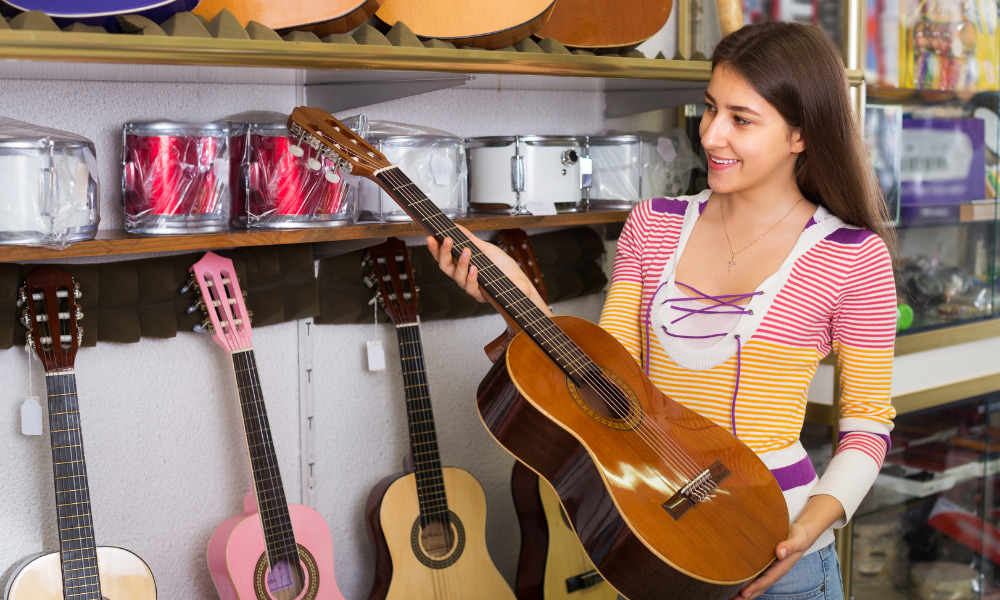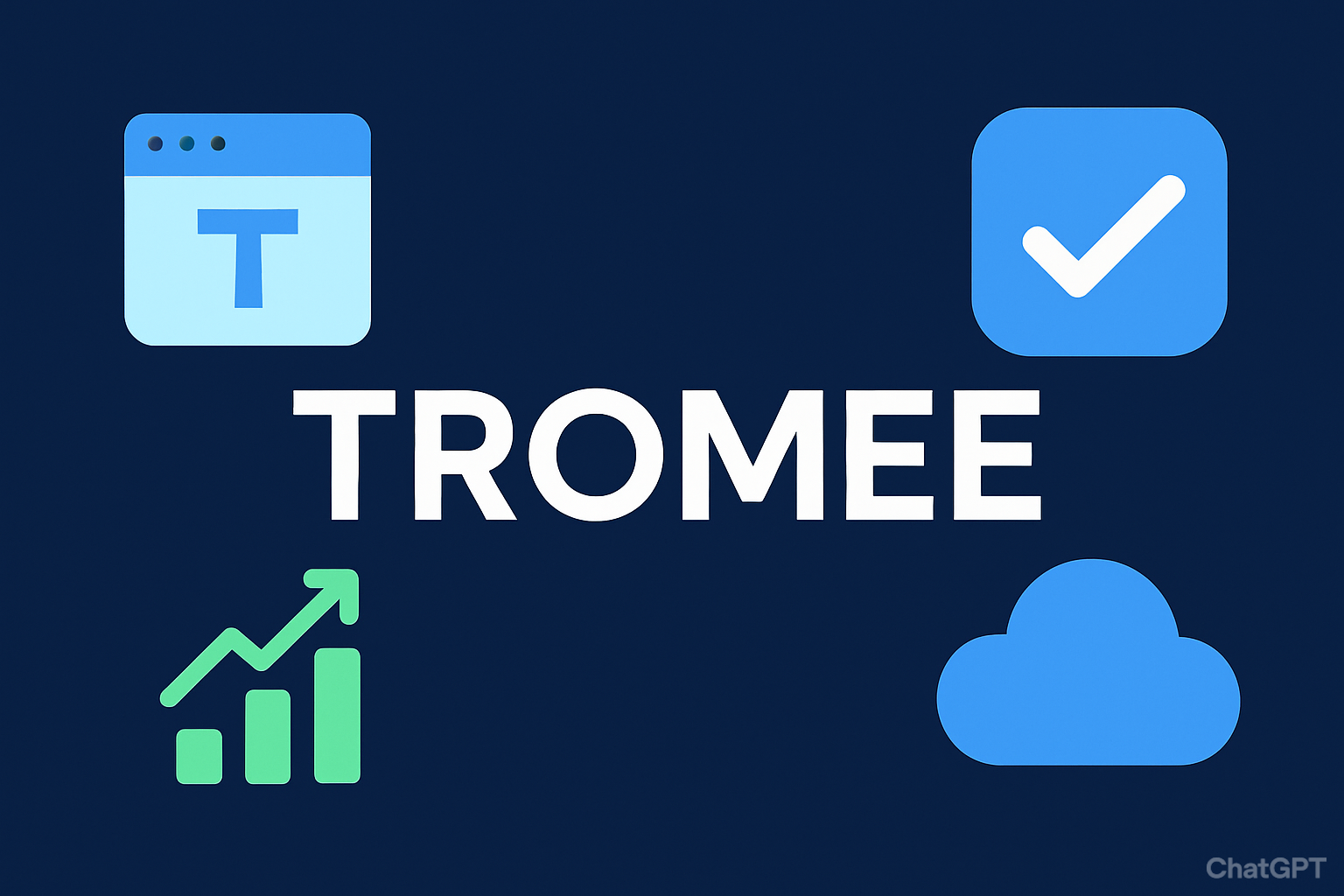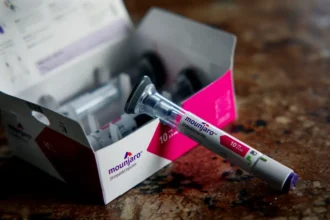A guitar can be a lifelong companion on your musical journey, but choosing your first one requires careful consideration. This guide will help you navigate the key factors to ensure you select an instrument that matches your needs and helps you develop as a player.
Acoustic vs Electric
The first major decision is choosing between acoustic and electric guitars. Acoustic guitars are portable, require no additional equipment, and work well for folk, country, and singer-songwriter styles. Electric guitars need amplifiers and are better suited for rock, metal, and blues. Consider the music you want to play and your practice environment when buying a Gibson.
Budget and Quality
A good starter guitar typically costs between $150-400. While buying the cheapest option is tempting, extremely low-priced instruments often have poor playability that can hinder learning. Quality instruments should have strings that don’t buzz, smooth tuning pegs, solid wood joints, and a straight neck without twisting or warping.
Size and Comfort
Physical comfort is crucial for developing good technique. The guitar should feel natural when sitting down, with your fretting hand able to reach the entire fretboard. When trying different models, consider the scale length, neck dimensions, body size, and overall weight. Personal testing is essential for what feels comfortable for one player may not work for another.
New vs Used
While new guitars offer warranties and pristine conditions, the used market can provide better value. The most important factors to check in used guitars are:
- Structural integrity of the body and neck
- Proper alignment and string height
- Functioning hardware and electronics
- Complete original parts
Additional Costs
The true cost of starting guitar extends beyond the instrument itself. Expect to spend $50-100 on essential accessories for acoustic guitars. These include a tuner ($15-25), a protective case ($30-60), picks in various thicknesses ($5), and spare strings ($12-15). You’ll also want a basic cleaning kit to maintain the instrument’s condition.
Electric guitar players face higher initial costs. Beyond the basics mentioned above, you’ll need an amplifier ($80-150 for a starter model), instrument cables ($15-20), and potentially effects pedals ($40+ each) as you progress. Some players also invest in a metronome ($20) or recording interface ($100+) for practice purposes.
Consider these additional expenses when setting your budget. While you can start with just the bare essentials, having the right accessories will enhance your playing experience and protect your investment. Many music stores offer starter bundles that include some accessories at a discounted price.
Try Before Buying
Visit music stores to test different guitars. Feel how the neck sits in your hand, listen to the sound quality, and check the overall build. A good guitar should stay in tune well and feel comfortable playing in both sitting and standing positions. Take time to play each potential guitar for at least 15-20 minutes, testing different styles of playing and positions on the neck. Listen for any buzzing or dead spots, and pay attention to how your hands feel after playing – early signs of strain could indicate a poor fit.
Making Your Decision
Your first guitar should balance quality, comfort, and affordability while supporting your musical goals. Take time to research, test different options, and consult experienced players or teachers. Remember that a well-chosen first guitar can inspire years of playing and learning, while a poor choice might discourage you from continuing. Choose an instrument that makes you excited to pick it up and play every day.

















